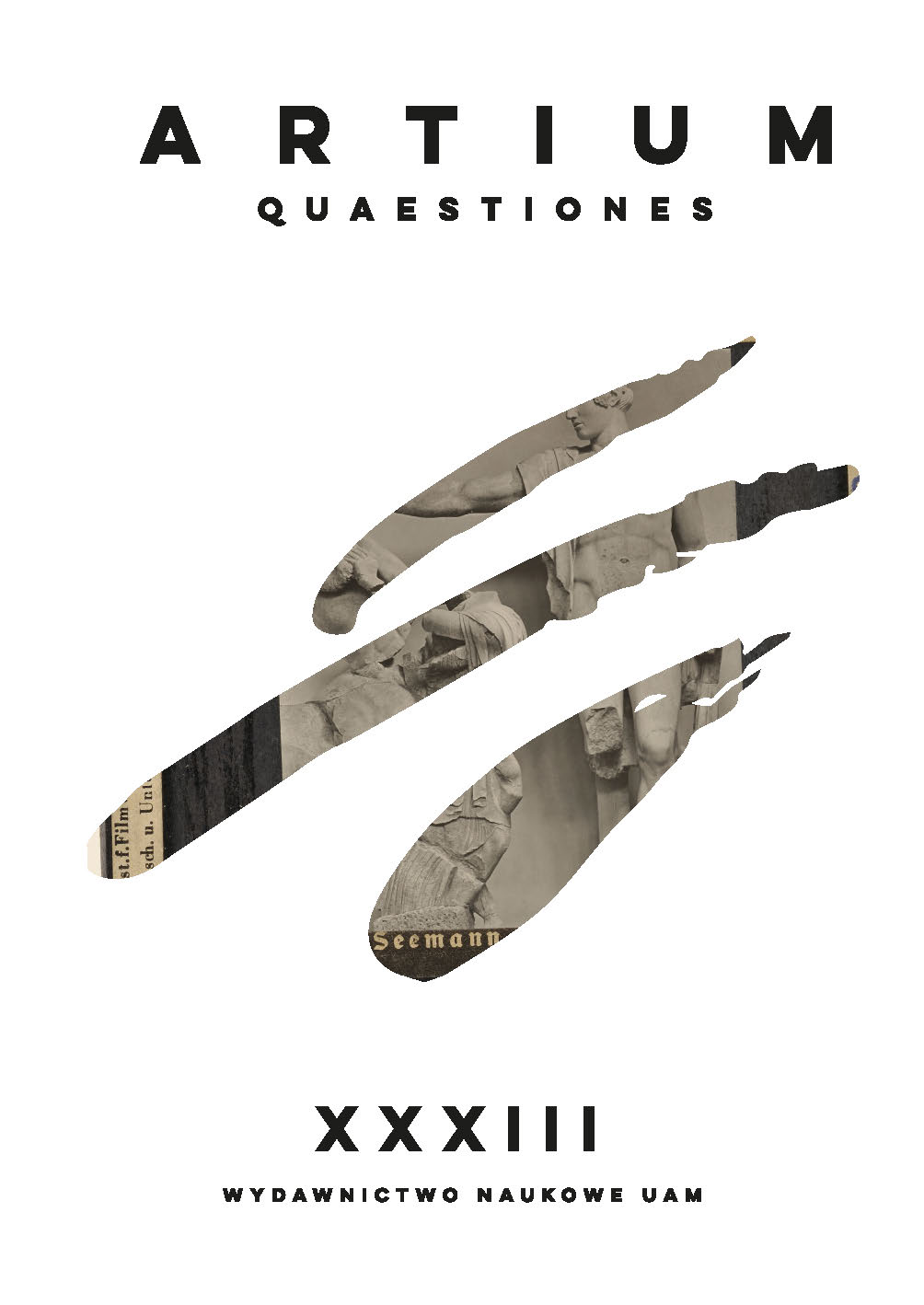KONSTRUOWANIE ATLASU. SURREALIZM – FOTOGRAFIA – REPRODUKCJA
Constructing the Atlas. Surrealism – Photography – Reproduction
Author(s): Tomasz SzerszeńSubject(s): Cultural history, Photography
Published by: Uniwersytet im. Adama Mickiewicza w Poznaniu
Keywords: Photography; atlas; avant-garde magazines; surrealism; decolonization, heterotopies
Summary/Abstract: “The history of art is [...] the history of what is photographable,” wrote André Malraux. Surrealism and related interwar visual phenomena add an interesting context to this observation. If we look at surrealism through the prism of the numerous magazines that accompanied it, we can see the special role of photographic reproduction. It seems that it plays a slightly different role there than in other practices of the interwar avant-garde: it tends to be a visual form of thinking, establishing photography as a crucial medium. The case of the journal “Documents” (1929–1930), existing on the fringe of surrealism and anthropology, seems particularly interesting. It can be seen as a kind of atlas of visual forms, in which the problem of reproductions of artworks and artefacts from different cultures was constantly problematised. The cannibalisation of various types of iconography was related not only to discussions on cultural visual appropriation, or the criticism of various conventions of seeing and making images, but also to a broader project whose aim was the decolonisation of seeing. It assumed a re-examination of European (art) history – in a radical, non-hierarchical and non-encyclopaedic way. The aim of the editors of the journal was to move away from the metaphysical and ocularcentric paradigm in favour of a more horizontal and relational (and in effect anthropological) positioning of a work of art. The question of reproduction is problematised in “Documents” in terms of a discussion on the aura of works and objects from other cultures: displaced and uprooted from their cultural context. The subversive photographic practices of the surrealists related to the status of copies and reproductions are also contextualised here, as are two monumental projects based on reproduction: Aby Warburg’s Mnemosyne Atlas (1924–1929) and Malraux’s Museum of the Imagination (1947–1951), or a “photographic album of universal culture”, but which were created in the face of similar problems to “Documents” (the visual form of knowledge; the “universal” in the face of colonialism; the relationship between artwork and reproduction). All three projects were a kind of response to the globalisation of images and the crisis of cultural memory. Here the use of the atlas form and photographic reproduction becomes an attempt to establish a new epistemic paradigm.
Journal: Artium Quaestiones
- Issue Year: 2022
- Issue No: 33
- Page Range: 163-181
- Page Count: 19
- Language: Polish

